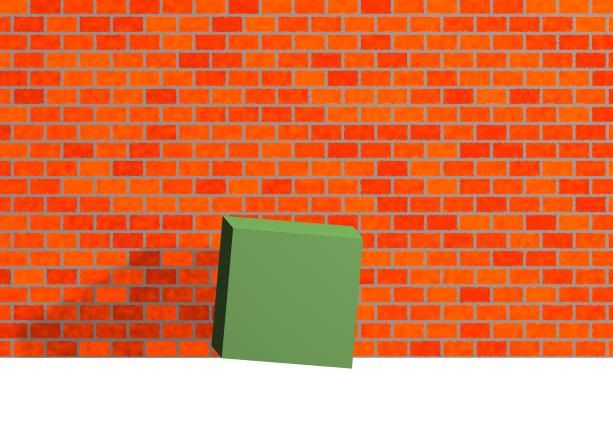mivey
Senior Member
And the first one is free.You were the one who said you can't find any?
Ahhh, so you sent away to the Video Professors CD?! Good for ya....Attaboy, be proud of yourself.
Much better post. Lots of pertinent info, but I'm still not convinced the face of the cabinet is a conductive media reference that will contribute significantly to structural failure.I suggest you search how the Japanese deal with earthquakes besides active dampening systems. The issue is MITIGATING the potential to transmit noise. The main members of the building run at right angles in three different axees. The more rigid the memebr is the better conductor that is. The mechanical connection is the route how the vibration is transmitted, if there are dampeners, such as springs or rubber insterst are used, the force is absorbed and the transmitted force is lessened. Along long straight paths of force conductive media - main structural mebers of buildings - sympathetic frequencies are found and as being additive they amplify each other. When the force is transmitted in axis to the conductive media the maximum transmission occurs and dependent on the length different resonant frequencies may be found where the natural frequency of the member get 'excited' by the transmitted force and could result in actual structural failure. Dampening, angular displacement, varying mass, force absorption and disruption of natural frequencies are just a few of the methods how frequency sources are neutralized or mitigated.
What about charlietuna's #8? Shouldn't we rotate each transformer at a different angle? He did not mention three degrees of rotation, but maybe that is what he was talking about.


